By Caleb Strom, Contributing Writer, Classical Wisdom

A ceremony taking place at the new Roman temple. (Image courtesy of TEMPLVM.org)
Worship of the ancient pagan gods is on the rise in many parts of Europe. Norse Neopaganism is becoming popular in Scandinavia, Germany, and elsewhere. Hellenic Neopaganism or simply “Hellenism,” is gaining popularity in Greece and the area around the Aegean. Elsewhere in the world, particularly in Italy, but also in Eastern Europe and the United States, the ancient Roman state religion is making a comeback. As of 2017, these modern Romans even have an active, public temple to Jupiter, the Iuppiter-Perunus temple.
Building the Iuppiter Perunus Temple
The story of the Temple to Iuppiter Perunus begins in 2009 when a group of Romans, or Roman Neopagans, bought land near Poltava, Ukraine. This was in response to the conviction that, if they were to truly revive Classical
Rome as a living spiritual, cultural, and national entity, they needed a sacred space to worship and honor the gods that were and are at the heart of all that is authentically Roman in the pre-Christian sense.

Initial development of the new Iuppiter Perunus temple. Source: TEMPLVM
In 2009, a 3 by 3-meter (9.84 by 9.84 foot) plot of land was purchased. By 2017, it had grown in size and was close enough to being complete that a ceremony was performed at the temple. The Iuppiter Perunus temple complex’s website claims that it is the first time certain Roman religious rites have been practiced in about 1600 years.
Three Roman weddings and many minor rites have also taken place since construction of the temple began. In addition to completing the current temple to Jupiter, these New Romans also intend to construct temples to Minerva, Juno, and to Mars, among other prominent deities in the old Roman state religion.

Digital plan for the development of the Iuppiter Perunus temple. (Image courtesy of TEMPLVM.org)
A New Rome?
Reviving any aspect of Roman culture or civilization has been a subject of fascination ever since the fall of the western Roman Empire, the last political and cultural entity that could indisputably be considered a continuation of classical Rome. The
Byzantines believed themselves to be the direct successors to Rome. This is because they were the rulers of what had been the eastern half of the Roman Empire. The
Holy Roman Empire,
the Ottoman Empire, and Fascist Italy under Benito Mussolini are other famous polities that believed themselves to be, in some way, successors to Rome.

Byzantine Emperor Justinian I. (Petar Milošević/ CC BY SA 4.0 )
An important difference between these earlier claimants and the modern reconstructionist movement, such as those building the temple, is that these polities merely desired to be political and perhaps cultural successors to Rome. None of them showed interest in reviving the ancient religion and spirituality of pagan Rome. All these empires that claimed to succeed Rome were Christian, Islamic, or secular.
Beginning in the late 19th and early 20th centuries, proponents of romanticism gained an interest in reviving the religions of ancient pre-Christian Europe. By the 1920s, religious movements in Italy began to investigate and revive the ancient Roman religion. By the 1980s, numerous religious organizations which intended to revive the ancient Roman religion began to appear, mostly in Italy. Two well-known current examples are the U.S. based Nova Roma and the Roman Republic: Res Publica.

Members of Nova Roma conduct a Roman sacrifice to the goddess Concordia between the ruins of Aquincum, the modern city of Budapest, Hungary, during the Roman festival of Floralia, organized by the Aquincumi Múzeum. ( Public Domain )
These entities are non-profit organizations which consider themselves to be the front of a spiritual and cultural, but not necessarily political nation, united by common Roman values and religious practices and beliefs. They do not necessarily plan to create a political Roman state, but they do want to revive many of the social, religious, and spiritual aspects of the ancient Roman republic.
Roman Old Time Religion
Although there are many social and cultural aspects of the Roman way of life that do not appear religious, the spiritual center of a revived classical Rome is the revival of the ancient Roman religion and its focus on the ancient gods.

Capitoline Triad of Juno, Jupiter, and Minerva. (Sailko/ CC BY 3.0 )
The ancient Romans, like the ancient Greeks and most ancient Mediterranean cultures, believed that nature was full of gods. The ancient Romans believed that gods might adopt humans as clients and become their patrons. In the patron-client system in Rome, a wealthier Roman, usually a patrician, would become a benefactor of a poorer Roman as his patron, providing for his physical needs and those of his family.
In response, the client was to honor the relationship with his patron through acts of service. The ancient Romans naturally saw their relationship with their gods in the same way. The gods might decide out of generosity to become patrons of individual mortals, a family, or the entire Roman state, as was the case with gods like Jupiter, Mars, and Minerva. In return, humans were to honor their immortal patrons through acts of piety including sacrifices and offerings.

An offering to the Gods conducted at the Iuppiter Perunus temple. (Image courtesy of TEMPLVM.org)
The Romans did not believe that their gods required humans to behave morally or that they punished immoral behavior usually, but they did believe that the gods had virtue. Unlike humans, the gods were believed to be free from vice and were not held back by what usually caused the downfall of humans, such as cowardice or excess. Another large aspect of Roman Neopaganism is reviving the ancient system of Roman virtues, which they believe to be the foundation of Western civilization.

Artist’s reconstruction of life in a Roman cardo of Jerusalem during the Aelia Capitolina period . (Carole Raddato/ CC BY SA 2.0 )
Did Roman Culture Really Ever Go Away in the First Place?
The construction of the Iuppiter-Perunus temple and the emergence of Roman Neopaganism is unusual in that it includes a reconstruction of the ancient Roman religion, but it is not new in being a Western attempt to revive the glories of ancient Rome. The numerous attempts by the West to revive Rome also indicate that, in some sense, ancient Rome lives on in the modern Western way of life and thought.
Some historians even go as far as to suggest that Rome, as a civilization, never actually fell. In their opinion, it simply went through a dramatic transformation during late antiquity and the early Middle Ages and that, to some degree, ancient Rome lives to this day in the form of the modern West. Latin is still used in science and in religious settings such as the Catholic Church. Many Roman legal terms are still in use today, though they tend to have different meanings, and many Western virtues are, essentially, copies of old Roman virtues. For most of modern history, until the last century and a half, standard Western education was not far removed from ancient Roman education.
It could be that one does not have to reconstruct classical Rome to be Roman. In a sense, all Westerners are Romans, since the West has inherited so much of Roman culture and values. Rome may not be eternal, but it is long-lived, long-lived enough for the king of the Roman gods to still have an active temple today.
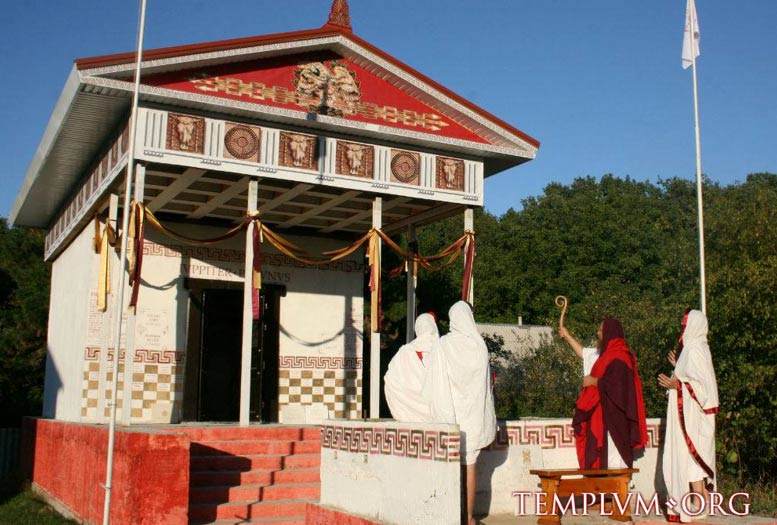
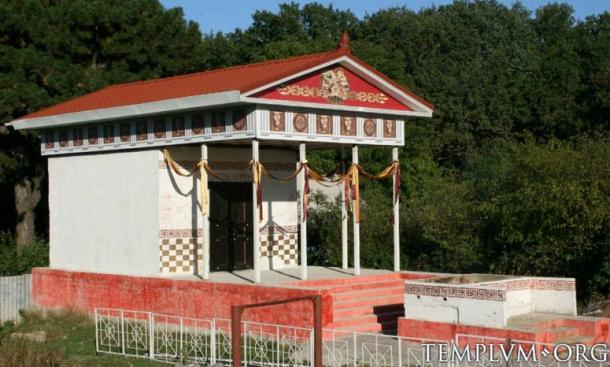
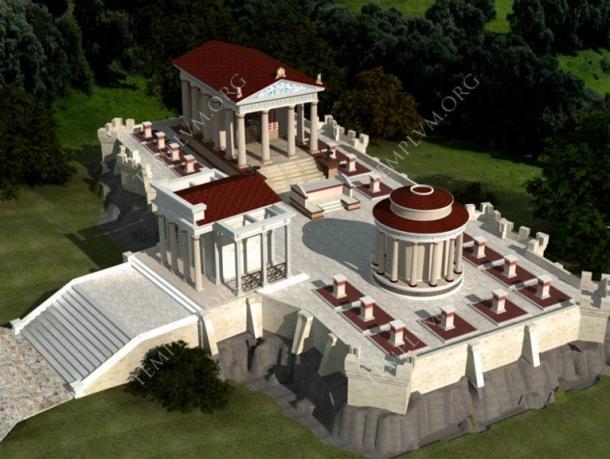
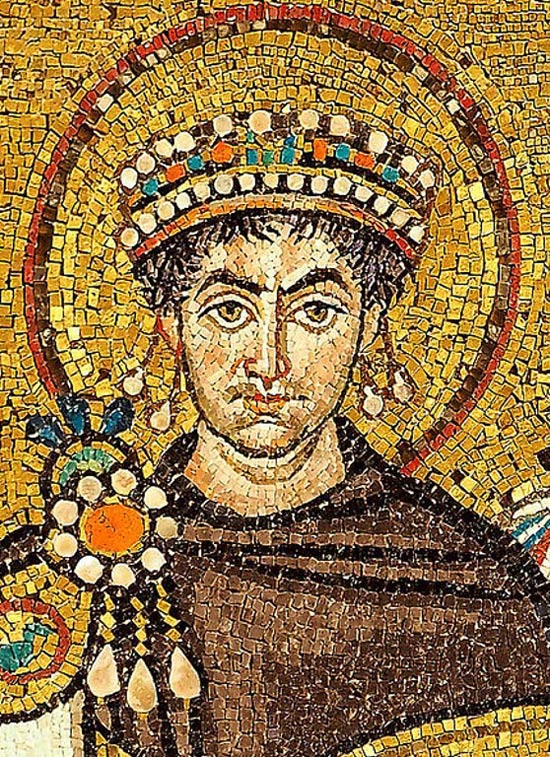

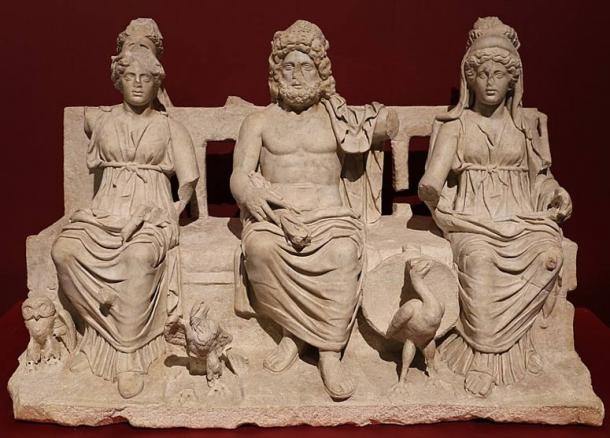

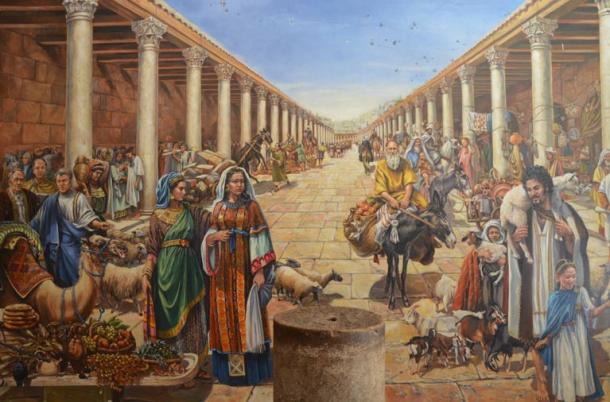









No comments
Trackbacks
Our apologies, you must be logged in to post a comment.